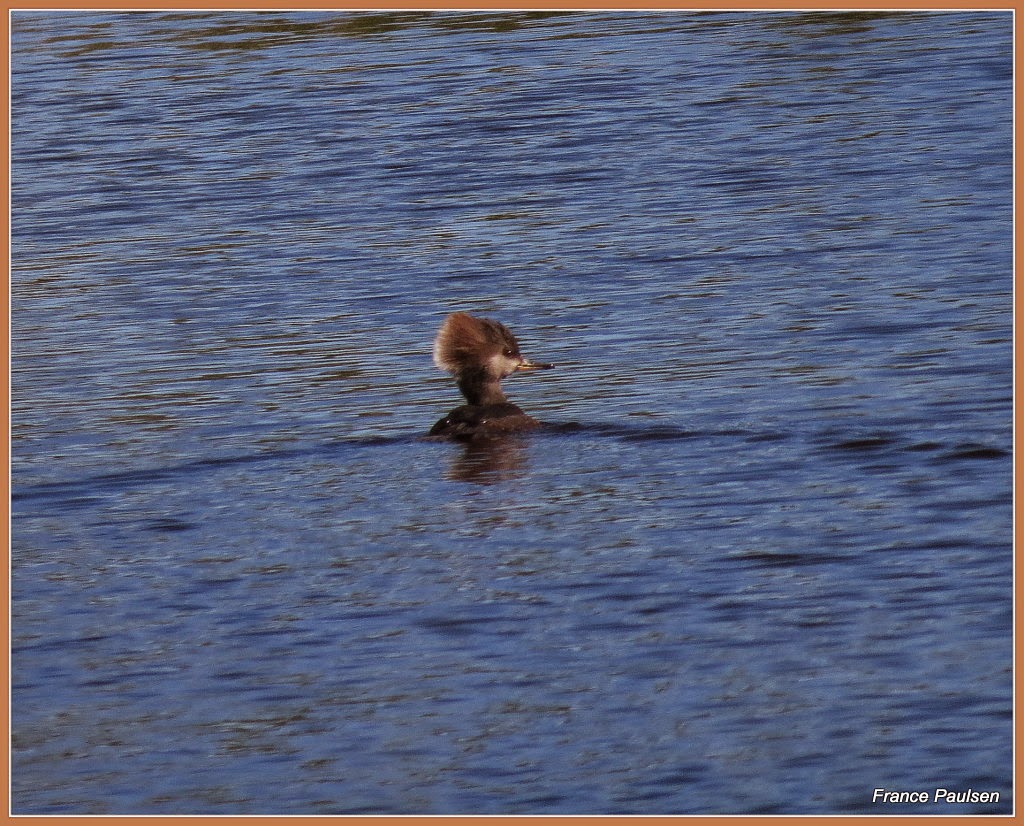Awwww....finally our Florida type weather has returned and we are off to the flats on Bunche Beach. It is low tide and the Lee Co Bird Patrol is having their monthly walk - let's go!
A nice group gathered up by the picnic tables and we headed to the East side of the beach in search of the Curlew that has been sighted lately - apparently a regular that spends its winters here - sweet!
 |
| There were several groups of shorebirds and we spent some time observing as well as listening to Charlie & Walt as they gave us a few tips for identification. A Short-billed Dowitcher is pictured here - numerous black spots on sides, whitish belly, also a white stripe up the back which is visible while in flight. Notice too the long, straight bill which is used for feeding in mud or shallow water - they probe with a rapid jabbing motion. |
 |
| A Semi-palmated Plover - the dark back of this plover distinguishes this species from Piping and Snowy. This Plover always has a complete breast band - a good tip to remember. |
 |
| A Marbled Godwit - A tawny brown molted with black sandpiper, a long upturned bill with hues of bright pink. The legs are black - a great hint when its head is tucked in because they look so similar to the Long-billed Curlew which has grayer legs. |
 |
| The White-morph of the Reddish Egret. It resembles immature Little Blue Heron or Snowy Egret but note the larger size, longer bill and dark legs and feet - also, the tell tale is its behavior while feeding. |
 |
| An adult Little Blue Heron (a juvenile would be all white), on the prowl for some food - it has very deliberate slow feeding behavior. |
 |
| The star of the day - A Long Billed Curlew. |
 |
| Notice how similar the plumage coloring is and how the grey leg color differs from the Marbled Godwit. |
 |
| The Long-billed Curlew's bill length varies greatly and I would have had a great deal of difficulty making the identification if I had been alone because to me it looked like a Whimbrel- I am grateful for our leaders today and for pointing out the clues that leads to proper i.d. |
 |
| One of those tricky sandpiper to identify - a Western Sandpiper? |
 |
| The Curlew works really hard to feed itself - the size of its food is minuscule - can you see it in its bill? |
 |
| And look how deep some of it is, not an easy job. |
 |
| At the tip - Willets, Dowitchers, White-morphed Reddish Egret, and more. Fort Myers Beach can be seen from this location as well as the boats heading out to the Gulf. |
 |
| Short-billed Dowitchers with Marbled Godwits. |
 |
| The White morph of the Reddish Egret doing its famous dance. |
 |
| More Dowitchers and Godwits. |
 |
| And the sweet Piping Plover - Very pale above with orange legs. Thicker black bill during the winter, during breeding period the bill is orange and black. |
One thing is certain, birding with shorebirds is not as clear as black and white - there is much more for me to learn and that, my friends, is one of the fun parts of birding.






























































